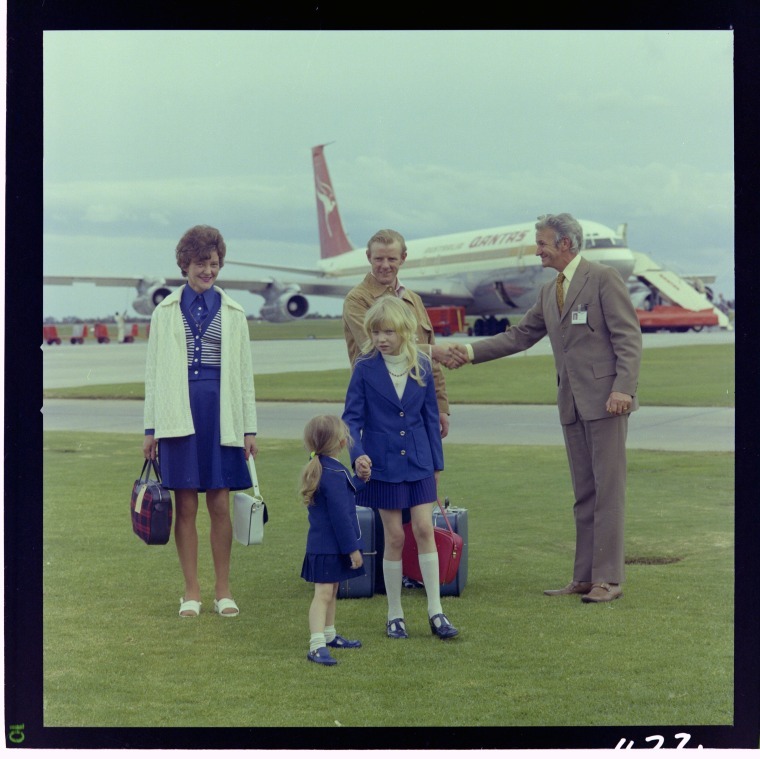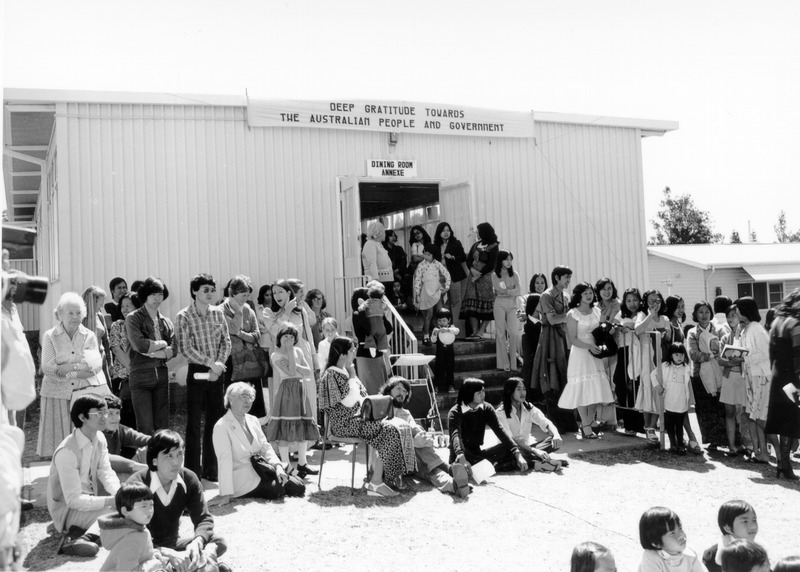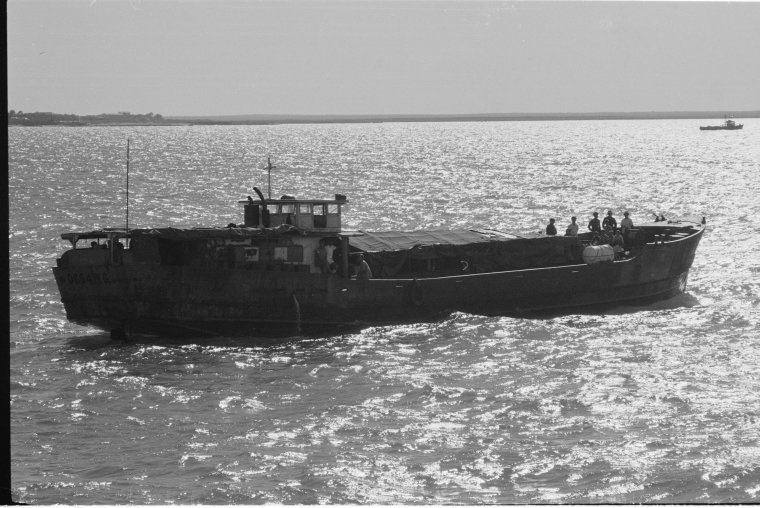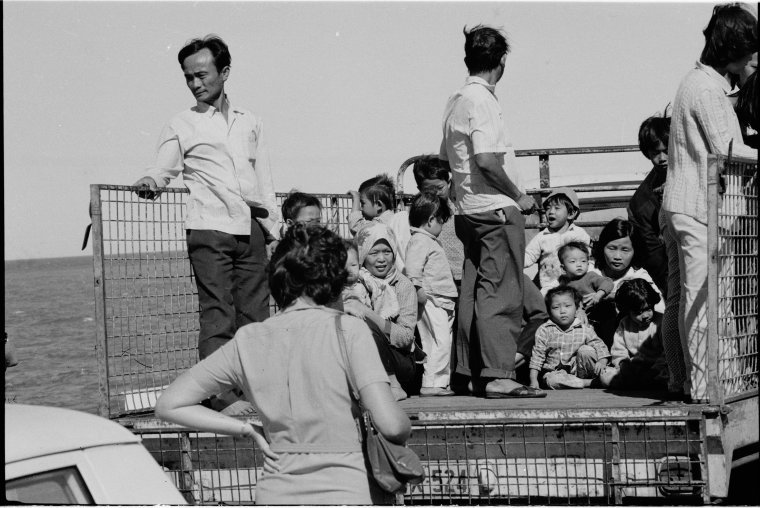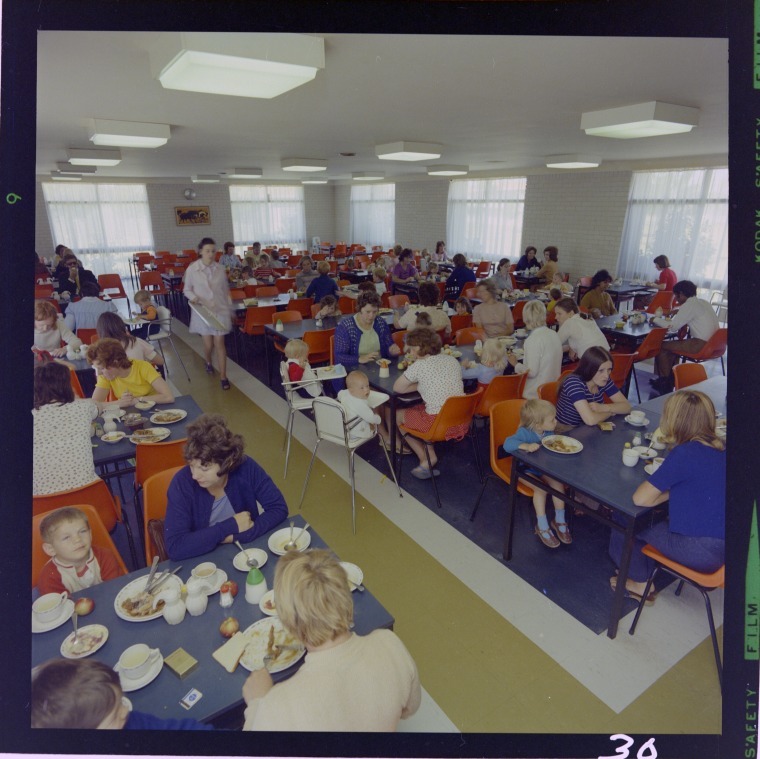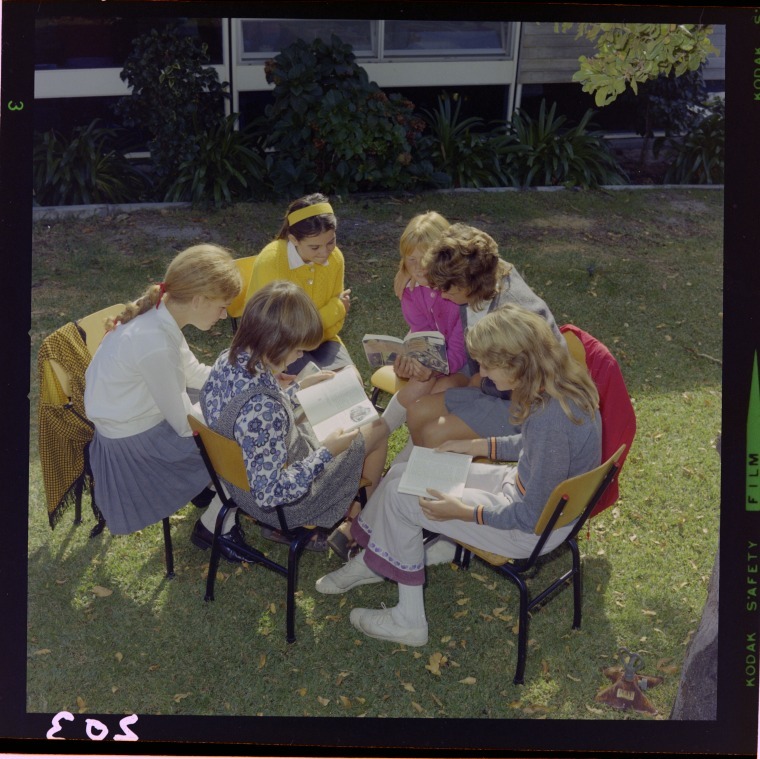Migration in the 1970s
For decades, migration into Australia was heavily restricted by The Immigration Restriction Act 1901. The Act discouraged non-Anglo-Saxon migrants and became known as the White Australia Policy. It included a dictation test in any European language. The test was used to fail applicants at the discretion of the immigration officials, some whom were openly racist.
In the 1970s important changes were made to Australia’s migration policies. The initial dismantling of the White Australia Policy with the abolition of the dictation test in 1958 and broadening of Australia's immigration policies, opened opportunities for new groups of migrants who arrived from all over the world.
By 1960 Australia’s population was 10 million and around 9% were of non-British origin, mostly Italian, German, Dutch, Greek and Polish. In 1966 other government migration policies were relaxed and the number of migrant arrivals increased as a result. Australia’s population was rapidly changing, by 1971 one in three people living in Australia was a migrant or the child of a migrant.
In 1973 the Labor government, under Prime Minister Gough Whitlam, changed the law to allow all migrants regardless of race or ethnicity to apply for Australian citizenship, after three years of residence. The immigration minister, Al Grassby, declared the White Australia Policy dead; ‘Give me a shovel and I’ll bury it’, he said. In 1975, racial discrimination was made illegal.
The 1970s was a time with significant intakes of refugees on humanitarian grounds. Many Lebanese and Cypriot people sought refuge in Australia, away from the civil war in Lebanon and the Turkish invasion of Cyprus.
As many as 2 million civilian Vietnamese were killed in the Cambodia- Vietnam conflict. Many Vietnamese and Cambodians sought refuge in Australia, over 2000 arrived in boats on Australian shores, but the majority arrived by air. 80,000 Indochinese permanent migrants were formally processed by Australian officials at refugee camps in Malaysia and Thailand. More recent arrivals have come mainly through Australia’s Family Stream visa program, or as skilled migrants.
Today second-generation Australians under 40 are more likely to have Asian ancestry, whereas those over 40 are more likely to have European-born parents. This reflects the changing nature of migration, which was predominantly European until the mid-1970s.
In Western Australia there were major discoveries of nickel, petroleum, bauxite and alumina, which all developed into significant industries in the 1960s and 1970s. The discovery of new resources resulted in more jobs and economic prosperity, making Western Australia an attractive destination for migrants seeking work and prosperity.
People from many nations seek opportunities in Australia. The majority of Poland-born arrived as migrants or refugees after World War II and throughout the Cold War period. Migration continued in waves between the 1960s and 1980s coinciding with the relaxation of emigration laws in other countries such as Poland and New Zealand.
Focus Questions
- What international factors can affect migration to Western Australia?
- What Australian events affect rates of migration?
- How has the Australian population changed over the decade of the 70s? Do you think it continues to change? How?
- Do you think the changing migration policies in the 1970s reflect changing attitudes? How?
Key words
You may wish to find out more about Migration in the 1970s. The following key words can help you find information:
racial discrimination
Immigration Restriction Act 1901
White Australia Policy
humanitarian intake
international
Websites
The following websites can help you with reliable information:
State Library of Western Australia
Office of Multicultural Interests - Community Profiles - Vietnam (pdf)
Department of Veterans' Affairs - Australia and the Vietnam War
Migration Heritage Centre - Australia & Asia

